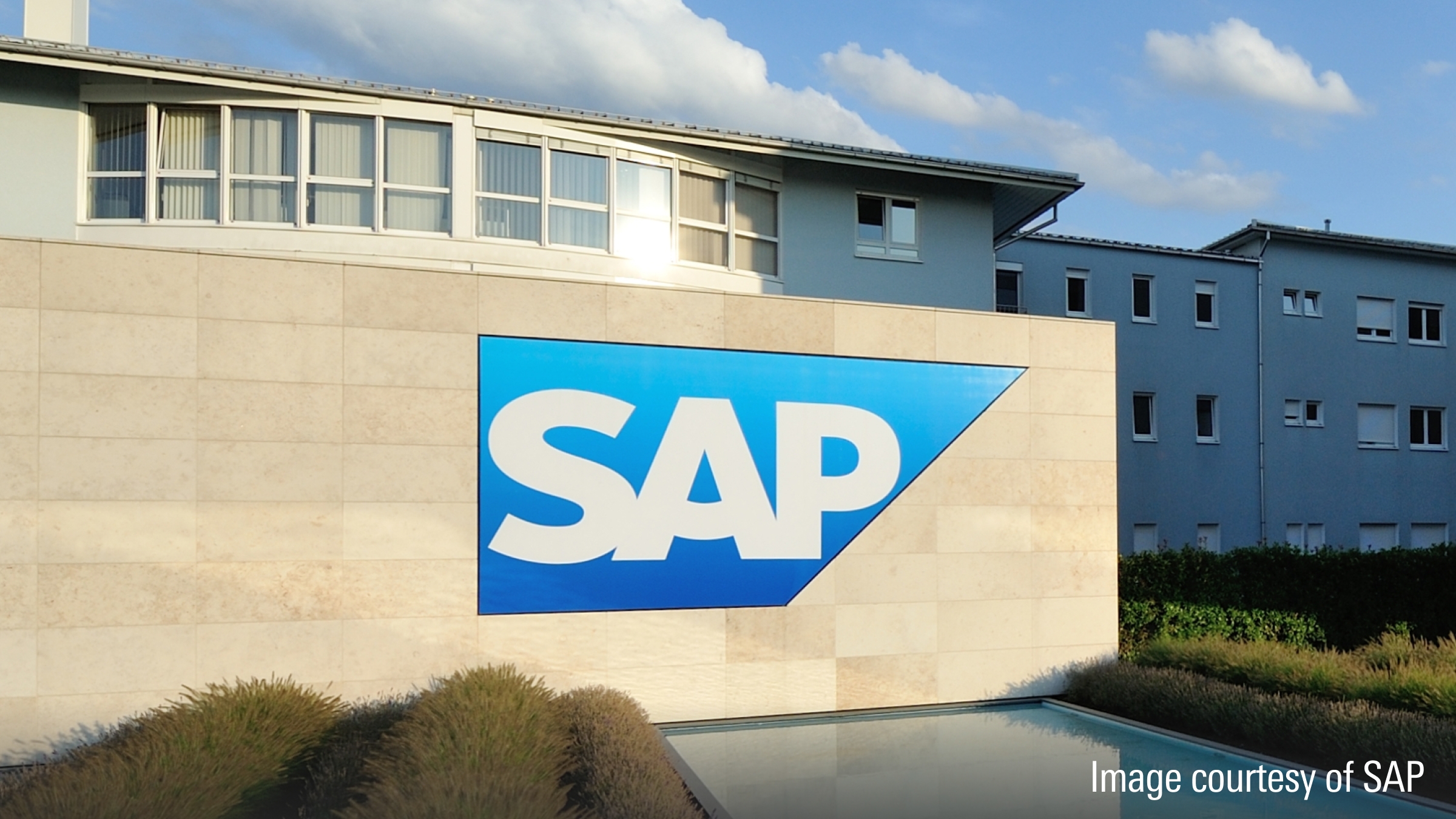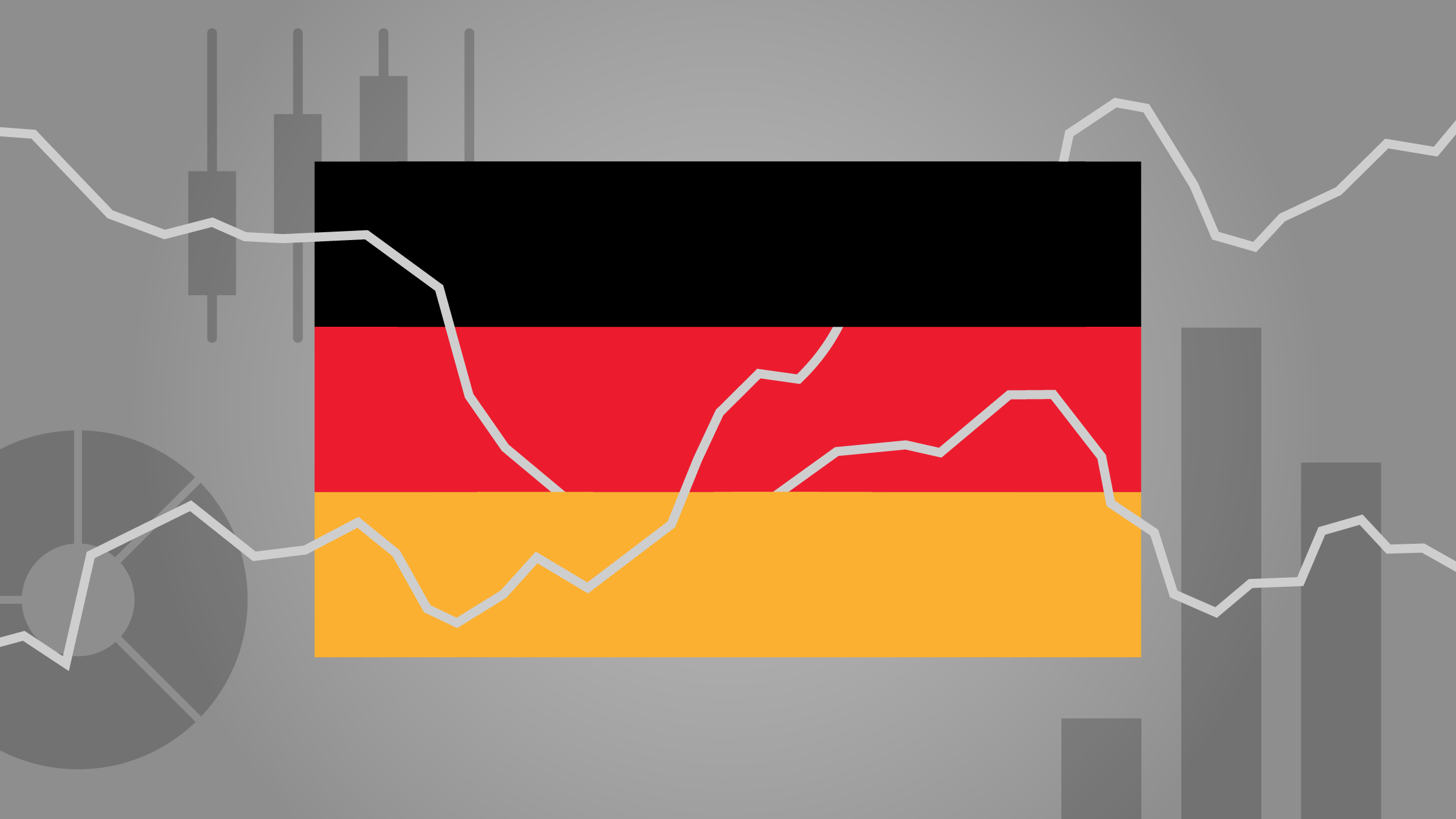Rolle im Portfolio
The iShares S&P 500 is best suited as a core building block for a portfolio, providing broad exposure to many of the largest companies in the world’s biggest economy. With 500 large cap constituents, the S&P 500 Index covers three-quarters of the U.S. equity market and is well diversified by sector and security. Increasingly, the underlying companies themselves are becoming geographically diversified, getting more and more of their revenue from outside the United States. Over the last 20 years, the S&P 500 has exhibited annualised volatility north of 15%, implying that it may be more appropriate for those with a lengthy time horizon. During the same period, it has shown a correlation to the MSCI Europe Index (in local currency) of 84%, and to emerging markets equities (again, as measured in local currency) of 68%. Over the shorter term, however, some of that diversification benefit seems to have diminished: the corresponding 5-year correlations are 92% and 84%. U.S. equities comprise a large portion of many global equity indices, for example they made up 54.3% of the MSCI World Index at the end of July. So combining this fund with a global product might result in an overweight to U.S. equities. It would therefore work better in conjunction with an EAFE or World ex-U.S. exposure. The fund passes along dividends from underlying stocks to unitholders in a quarterly distribution, currently at a yield level of 1.37%. So this fund might suit an investor seeking moderate levels of income, although the tax implications of such distributions for each investor would have to be taken into consideration.
Fundamentale Analyse
Though its fortunes have been overshadowed somewhat by the events unfolding in Europe, the United States has continued to show lacklustre progress towards economic recovery. The unemployment rate, while down from its highs, is still stubbornly lofty at 8.3%, and a portion of the decline seems due to some workers giving up on the job search and therefore falling out of the official calculation. Moreover, a recent study by National Employment Law Project found that a large portion of the job gains during the recovery has been in low-paying positions. GDP advanced at an annualised pace of 1.7% in the second quarter of 2012. The housing market has also been in a protracted funk thanks to an overhang of foreclosures. The S&P/Case Shiller Home Price Index 20-city composite was up 0.5% from a year earlier in the second quarter of 2012, but is still near its cyclical lows, and down more than 30% from its 2006 peak. Historically, spending by the U.S. consumer has been a key driver of growth domestically and around the globe, importing a host of finished goods from China and other growing markets. But after the implosion of the residential housing bubble, recession followed by a largely jobless recovery, and reluctance of banks to make loans, the average household doesn’t have the spending clout it once did. That situation, along with increased government austerity, could limit the country’s potential for growth, even as corporate balance sheets and profitability appear healthy. To pick up the stimulus slack, monetary policy has been extremely accommodative. The Federal Reserve has lowered short term interest rates to near zero, and signalled that they will persist at current levels for the foreseeable future. It has embarked on several rounds of quantitative easing, and Chairman Ben Bernanke recently indicated that he could well embark on further accommodative moves ‘as needed.’ Despite this, the market does not appear overly worried about inflation, as evidenced by 10-year yields recently trading as low as 1.57% and 30-year Treasuries yielding less than 3%. As a result of the even bleaker situation in Europe, the U.S. has maintained its safe haven status among investors, which has enabled the government to continue to borrow on the cheap. Unless Congress intercedes to change the law, a series of major spending cuts and an expiration of Bush-era tax cuts will automatically trigger at the end of 2012, in what has been dubbed the “fiscal cliff.” The Congressional Budget Office predicts that could cause a shrinking of the deficit by $500 billion while leading to real GDP growth of -0.5% in 2013 and pushing the country back into recession. The S&P 500 has produced an annualised total return of 8.28% over the last 20 years. Like most equity exposures, the index took a drubbing during the financial crisis, falling more than 43% in the year ending February 2009. Much of that came from exposure to the embattled financials sector, which represented roughly 22% of the index at the start of 2007, but has since seen its weighting decline by a third. After bottoming out at 9.4 in February 2009, the price-to-earnings ratio of the S&P 500 had climbed to 14.7 at the end of July, which was still below its 10-year average of 16.7.
Indexkonstruktion
The S&P 500 Index is a free float capitalisation-weighted portfolio of 500 large, United States domiciled stocks. To join the index, constituents must meet minimum liquidity requirements, must have a public float greater than 50% of the value of their stock, and must have market capitalisations above $4 billion. A committee maintains the index and meets regularly to review its underlying components, making changes on an as-needed basis. If a constituent falls out of line with any of the index’s entrance criteria, the committee can use its discretion to keep it in the index if the change is deemed temporary. New entrants to the index are also meant to contribute to its overall sector balance, as measured using the Global Industry Classification Standards (GICS®). As of the end of June the most significant sector exposure were information technology at a 19.8% weight, financials at 14.4%, health care at 12.0%, and consumer staples, consumer discretionary, industrials, and energy all with weights between 10.5% and 11.3%. Portfolio concentration is limited, with the top ten stocks in the index making up just 20.9% of its total. Top constituents at the end of June were Apple, Exxon Mobil, and Microsoft, at weights of 4.44%, 3.25%, and 1.86%, respectively. The median market capitalisation of constituents was $11.3 billion.
Fondskonstruktion
The fund uses full physical replication to try to capture the performance of its benchmark, owning-- to the extent possible and efficient--shares in all of the underlying constituents in the same weights as those of the index. In certain circumstances it may also use derivatives to achieve its objectives. The fund is Irish-domiciled and has the U.S. dollar as its base currency. It is ISA eligible and has UK Reporting Status. As of writing it had assets of $10.5 billion. Cash received as dividends from the underlying stocks is held by the fund until distributions are made to fund unitholders on a quarterly basis. This can create a cash drag on the portfolio, causing it to underperform its benchmark in rising markets, and outperform in declining markets. Given the fund’s stated distribution yield of 1.37% annually at the time of this writing, the cash build up between quarterly distributions is unlikely to amount to much. In the 12 months through the end of June, securities lending activity added just 1 basis point to the fund’s return. On average, 4% of the portfolio was out on loan during the period, reaching a maximum of 22%. iShares claims to keep 40% of securities lending revenue for itself, out of which amount it will pay the associated costs of the activity, and passes 60% of the revenue to the fund. Prior to October 2010 the split was 50/50. BlackRock has recently reviewed its lending programme and introduced a 50% cap on the amount of assets that its iShares funds can lend out. BlackRock is also now providing borrower default indemnification, i.e. the company commits to replace the securities that any borrower fails to return, but it will not cover losses incurred on the reinvestment of cash collateral.
Gebühren
The fund levies a total expense ratio of 0.40%, which is higher than many of the other funds offering similar exposure. Other costs potentially borne by the unitholder but not included in the total expense ratio include bid-ask spreads on the ETF, securities lending fees, transaction costs on the infrequent occasions when the underlying holdings change, and brokerage fees when buy and sell orders are placed for ETF shares. Income generated from securities lending could potentially recoup some of the total costs.
Alternativen
Beyond the S&P 500, there are a number of index alternatives for the U.S. equity market, including the Dow Jones Industrial Average, which is price weighted and more concentrated in its holdings, and the technology-heavy NASDAQ. To get exposure to the S&P 500 Index there are a number of ETF choices, including ComStage ETF S&P 500, HSBC S&P 500 ETF, db x-trackers S&P 500 TR, Lyxor ETF S&P 500, Source S&P 500, Amundi ETF S&P 500, SPDR S&P 500 ETF, CS ETF(IE) on S&P 500, EasyETF S&P 500, Vanguard S&P 500 ETF, and UBS-ETFs plc S&P 500 TRN. Of these, the iShares product is by far the biggest, followed by the db x-trackers, Amundi, and CS funds, which each have assets of between $600 and $800 million. The products with the lowest TERs are the HSBC fund and the Vanguard fund, each with a TER of 0.09%. For alternatives to market capitalisation weighted exposure to U.S. equities, there are also Ossiam ETF US Minimum Variance NR, db x-trackers S&P 500 Equal Weight, and PowerShares Dynamic US Market Fund.

















